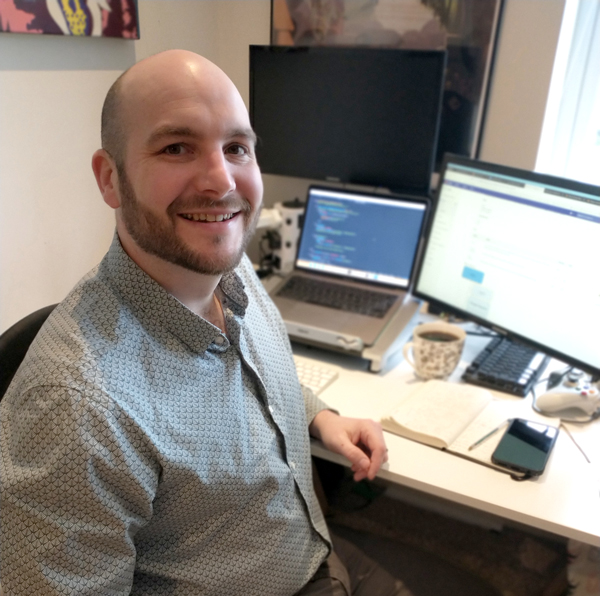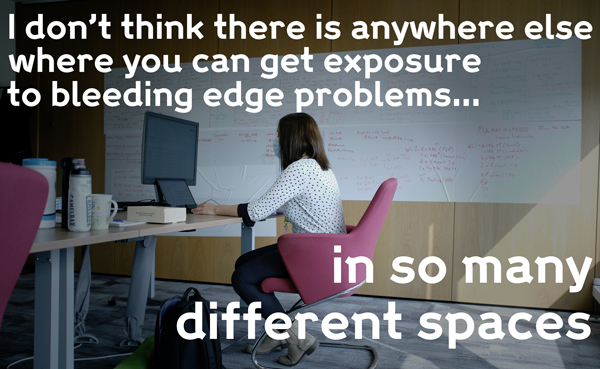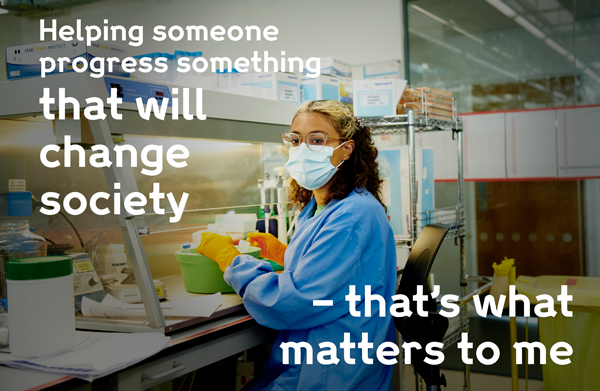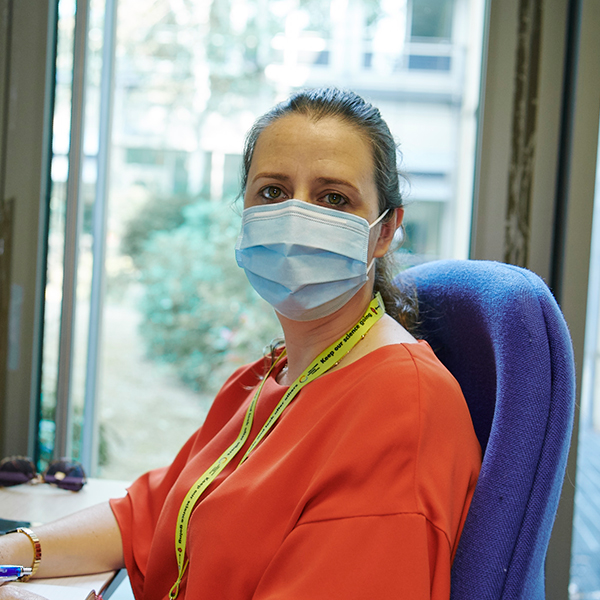Fighting COVID-19 with data: Jon Keatley

Thousands of COVID samples, and their associated data, arrive at the Sanger Institute every day. They flow through the Institute, their genomes are sequenced and the resulting data are cleaned, checked, analysed and uploaded to public databases, together with associated metadata, within days.
Teams – many brand new – including data engineers, curators, managers, analysts and software developers, keep that data flowing.
To find out more about how our work contributes to the national COVID-19 effort, we spoke to a number of people at the Sanger Institute about their roles, their experience of working at the Sanger Institute, and the plans for their teams as data becomes one of the most important weapons in the fight against SARS-CoV-2.
Jon Keatley
Jon joined the Sanger Institute in early 2019 and volunteered to help the Sanger Institute’s COVID-19 genomic surveillance effort in early 2020.
Tell us about your role
“During the first lockdown in 2020, my work slowed down as labs were closed so I looked to see if I could help any other teams.
“The Institute was starting to sequence coronavirus genomes and I moved to help build our in-house sample tracking system. It’s a web-based application that aggregates all of the information from Sanger core systems and converts it into a way of being able to track samples through those systems.”
What technologies are you using?
 “We primarily use Python for our development, falling back to Rust when performance is an issue. We also use a mix of JavaScript libraries for front end development, such as react and vue.js.
“We primarily use Python for our development, falling back to Rust when performance is an issue. We also use a mix of JavaScript libraries for front end development, such as react and vue.js.
“The most exciting thing technology wise at Sanger is the sheer number of the problem domains. There are so many interesting problems to solve here.
“I worked on a pipeline that involved getting 500 machines to run through data and actually had 1980’s computer software problems like you just don’t have enough space to put things. So you start writing programmes to just-in-time move the file to where it needs to be. And then we switched to trying to work out how to securely share data with a partner in Africa. I don’t think there is anywhere else where you can get exposure to the bleeding edge problems in so many different spaces.”
What are the opportunities at the Sanger Institute?
“Not only do they really focus on career progression here at Sanger, it’s kind of a choose-your-own adventure. You can move up, down, sideways – there are so many opportunities.
“The other great thing about working here is looking to the future. We are always looking at new technologies. There is a fantastic open-mindedness in people. You don’t do things just because that’s how you’ve done them before. We ask what is out there, and would something else fit our goals better; is there a better way of working.”
What motivates you?
 “The most satisfying thing for me is helping the scientists.
“The most satisfying thing for me is helping the scientists.
“Software is ultimately disposable – it’s there for a purpose, and as soon as that purpose changes it’s redundant. But helping someone progress something that will change society – that’s what matters to me.
“There are many really, really intelligent people that are spending days making spreadsheets. I love that I can go in and automate that for them, making more time for science.”
What are the challenges?
“It’s the speed that we need to move with the COVID work – we haven’t been able to work in the way we normally would, but this is temporary, and we’re heading back to the normal Sanger ways. When that happens, the biggest challenge will be that we are trying to bring the corporate method of developing software into Sanger. We’re trying to do things from an agile perspective, with scrums and two week sprints – it takes a bit of getting used to for people who haven’t worked that way before.”
What attracted you to the Sanger Institute?
“I was employed for the malaria amplicon sequencing project, which sounded really interesting from a technology point of view.
“The other big drive was to do something that matters. Rather than working for shareholders, I wanted to do something that may benefit the world in some way.”
